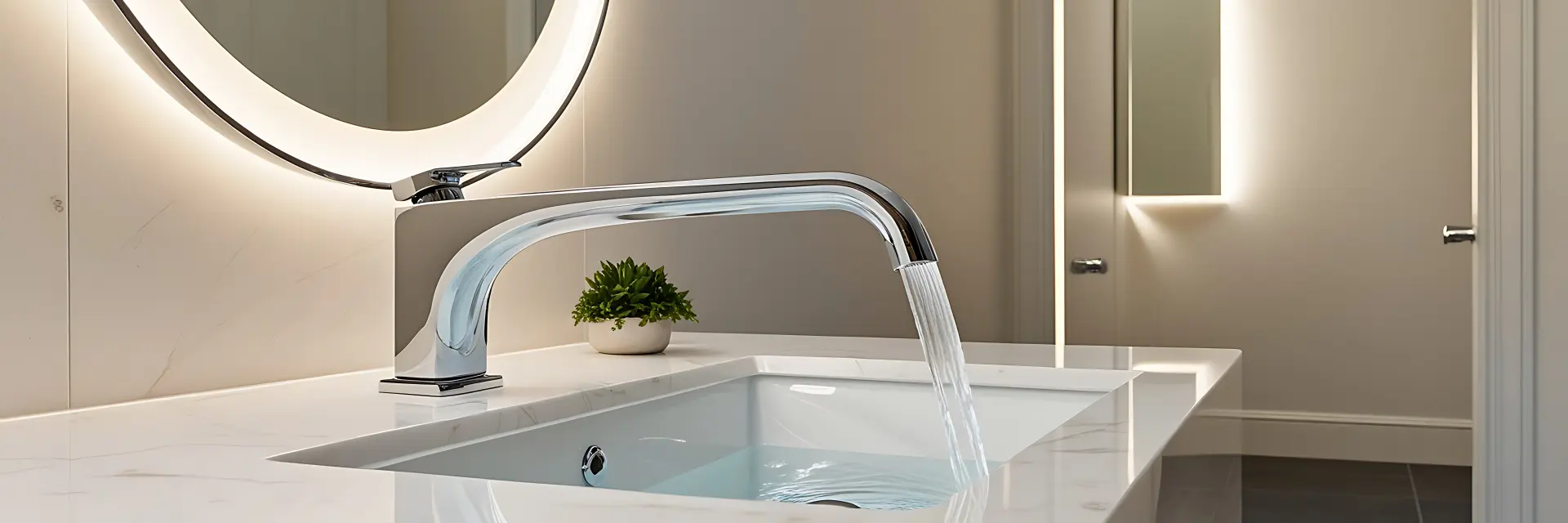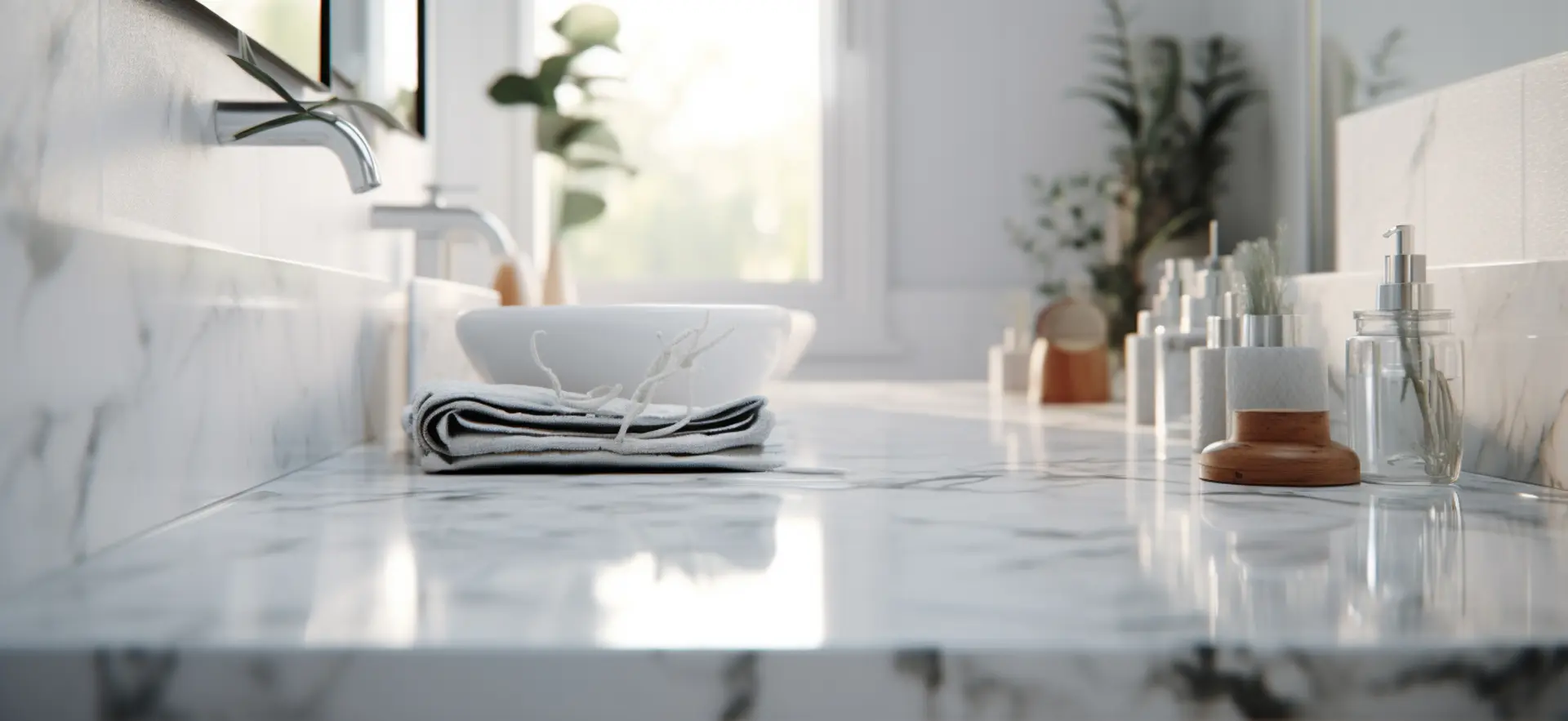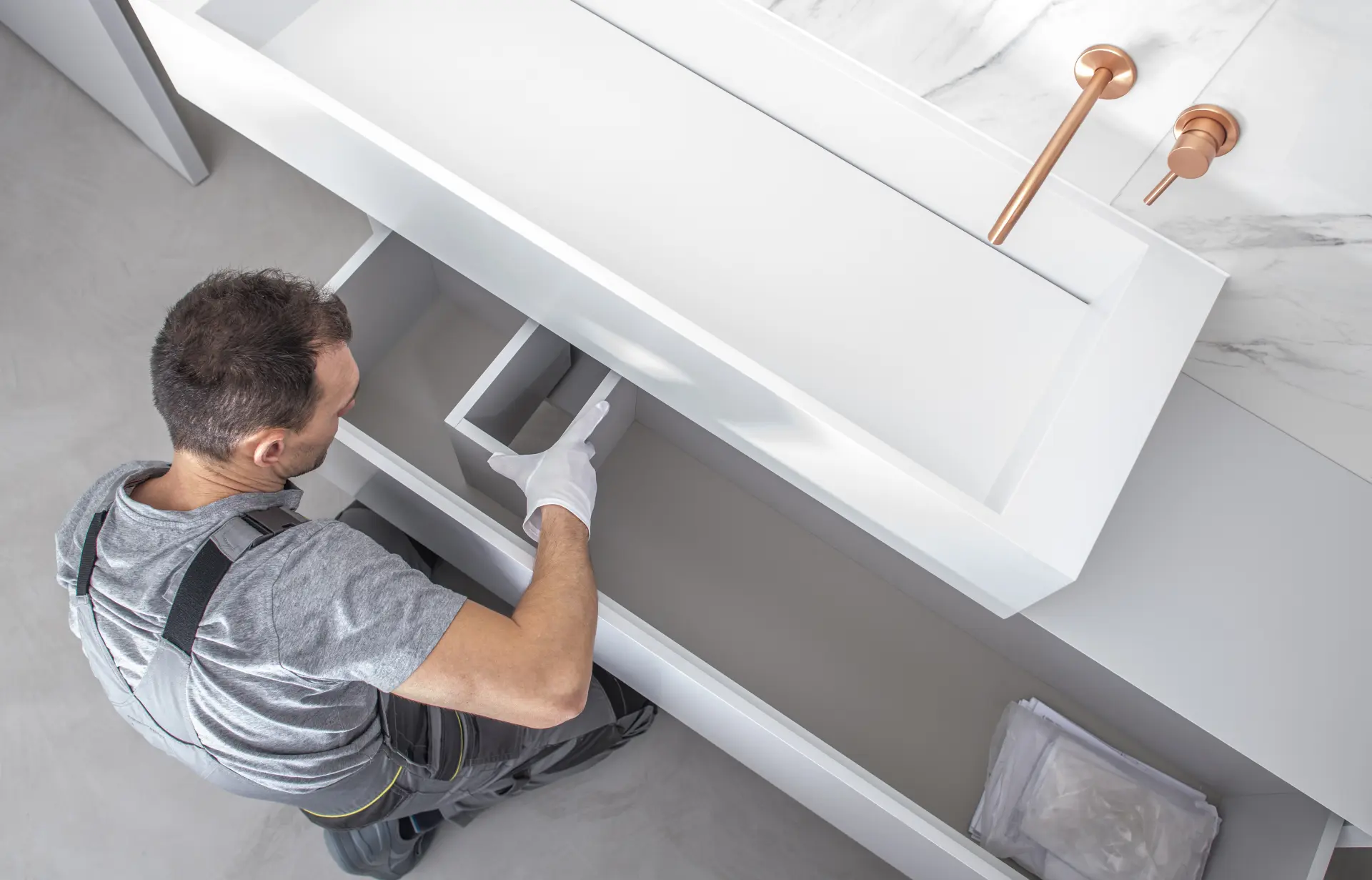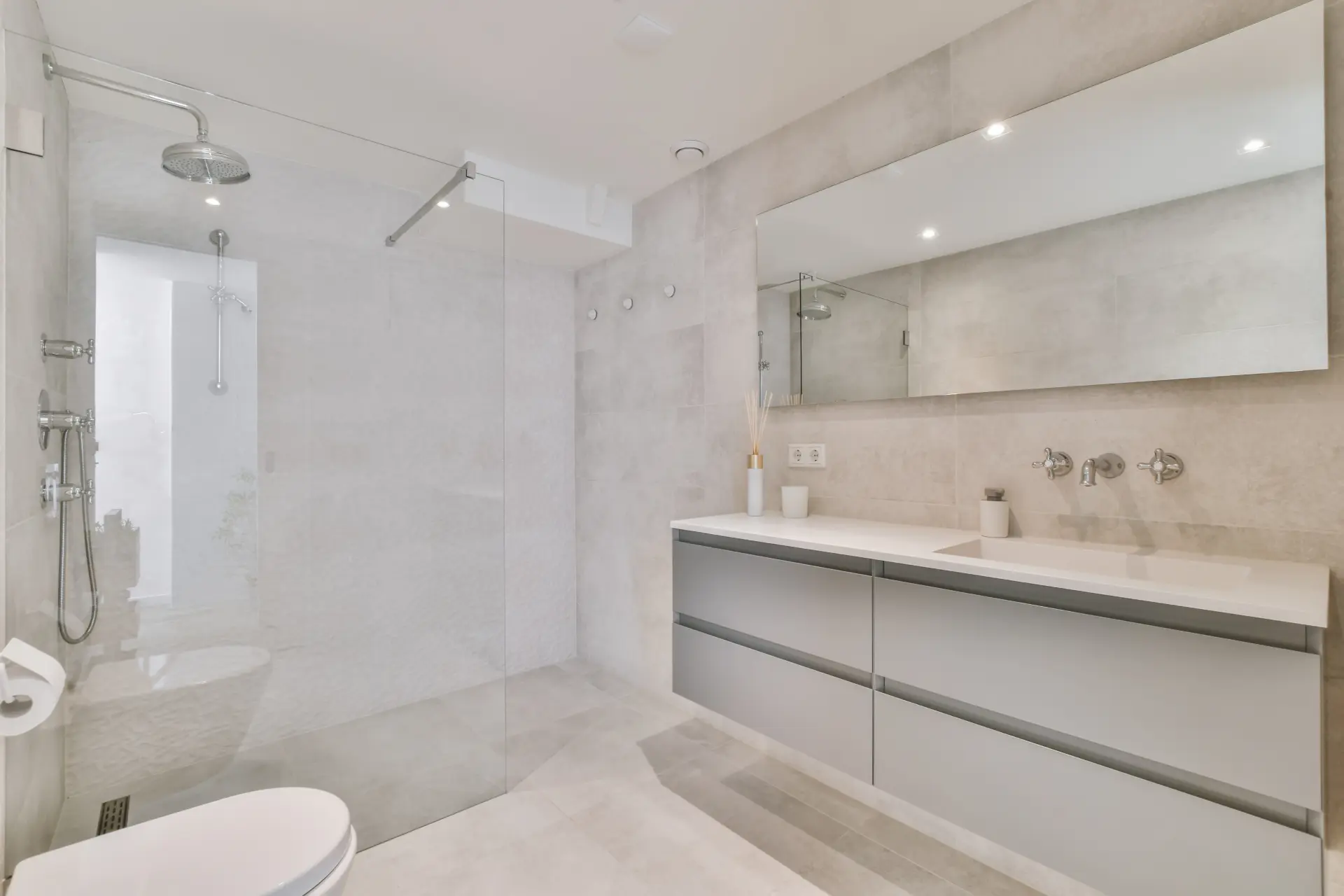Discover what happens during a bathroom fitting with our expert guide. Learn about the removal, installation, tiling, and final checks for a flawless upgrade.
Removing the Old Bathroom
The first step in a bathroom fitting is removing the old fixtures and fittings. This includes taking out the bath, toilet, sink, cabinets, and any existing tiles or flooring. The removal process can be noisy and messy, often involving a skip for waste disposal.
Care is taken to switch off water and electricity supplies before any dismantling begins. Walls and floors are stripped back to a blank canvas, ready for inspection and preparation. If mould or damp is discovered during this stage, it must be treated before moving forward. A clear and clean space is essential to ensure the next stages are carried out safely and effectively.
Checking the Pipes and Wiring
Once the space is cleared, the plumber and electrician step in to assess and upgrade the underlying infrastructure. This is a crucial phase, as poor plumbing or outdated wiring can cause long-term issues.
Pipes are inspected for wear, leaks, or improper layout. In many cases, especially in older homes, pipework may need to be re-routed or replaced to accommodate new fixtures or meet current regulations.
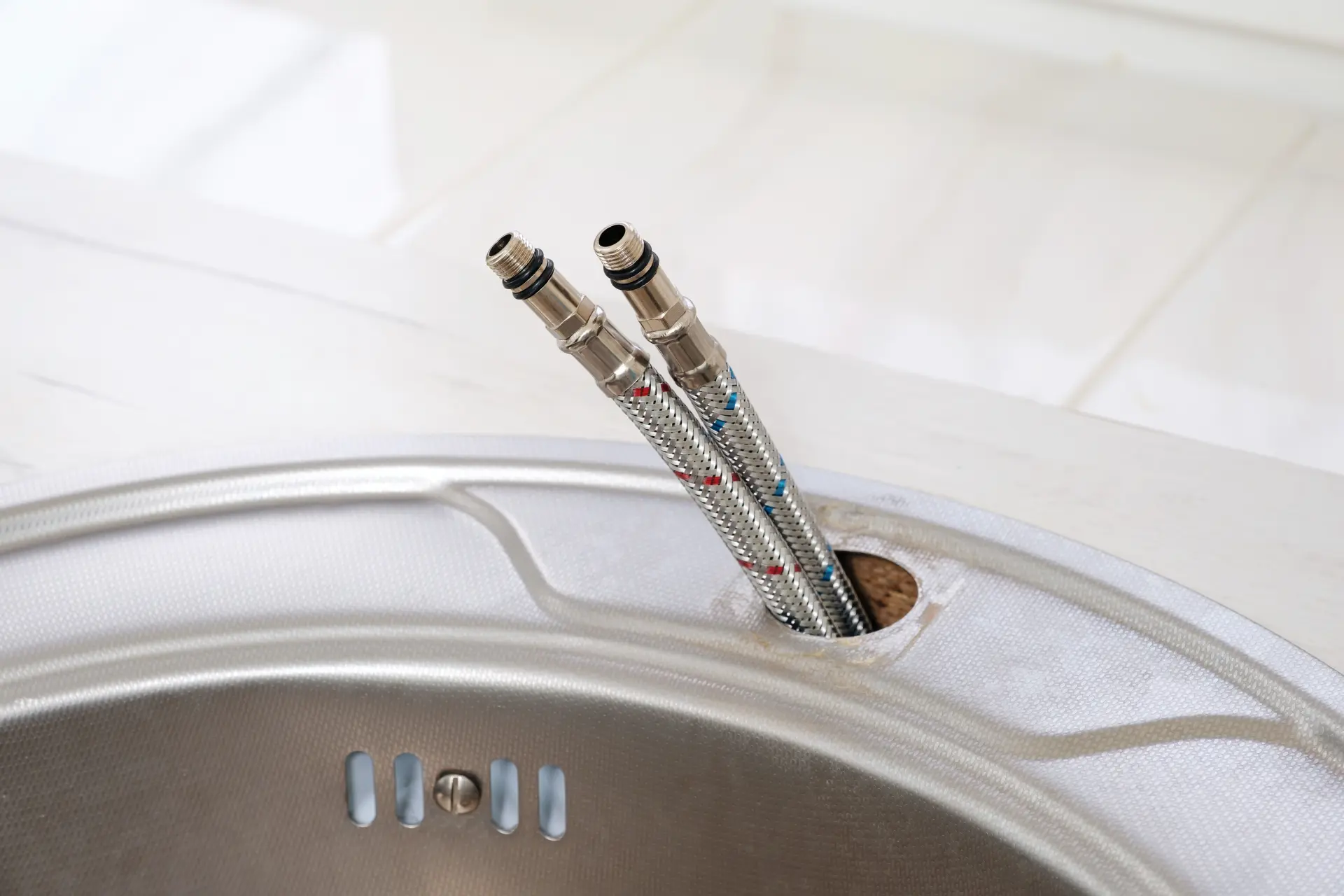
Electrical systems are also thoroughly checked. This includes lighting, ventilation fans, underfloor heating, and any integrated digital features like smart mirrors or Bluetooth speakers.
Wiring must be modern and safe, often requiring a new consumer unit or the addition of an RCD (Residual Current Device) for protection.
All installations are done in accordance with the latest building regulations. Once complete, pressure tests and electrical safety checks are carried out.
This phase ensures everything is safe, functional, and ready to support the visible elements of your new bathroom.
Installing the New Fixtures
With the plumbing and wiring complete, the main fixtures—such as the bath, shower, toilet, and sink—are installed. These elements are carefully positioned and securely fitted to ensure longevity and reliability.
Any cabinetry is also mounted at this stage, along with mirrors and towel rails. Installers take care to properly seal joints and connections to prevent water leaks. Special attention is given to aligning fixtures with the room’s layout for a seamless, functional design. This stage significantly transforms the space, giving the first real glimpse of the finished look. Proper fitting at this stage is critical for long-term performance and comfort.
Tiling and Flooring Work
Tiling and flooring are key aspects of bathroom style and waterproofing. Wall tiles are usually installed first, especially in areas prone to splashes such as above the sink, around the bath, and within the shower enclosure. A waterproof adhesive is used to secure tiles in place, followed by grouting to fill gaps and provide a clean, finished appearance. Patterned or large-format tiles may require more time and precision to achieve a flawless look.
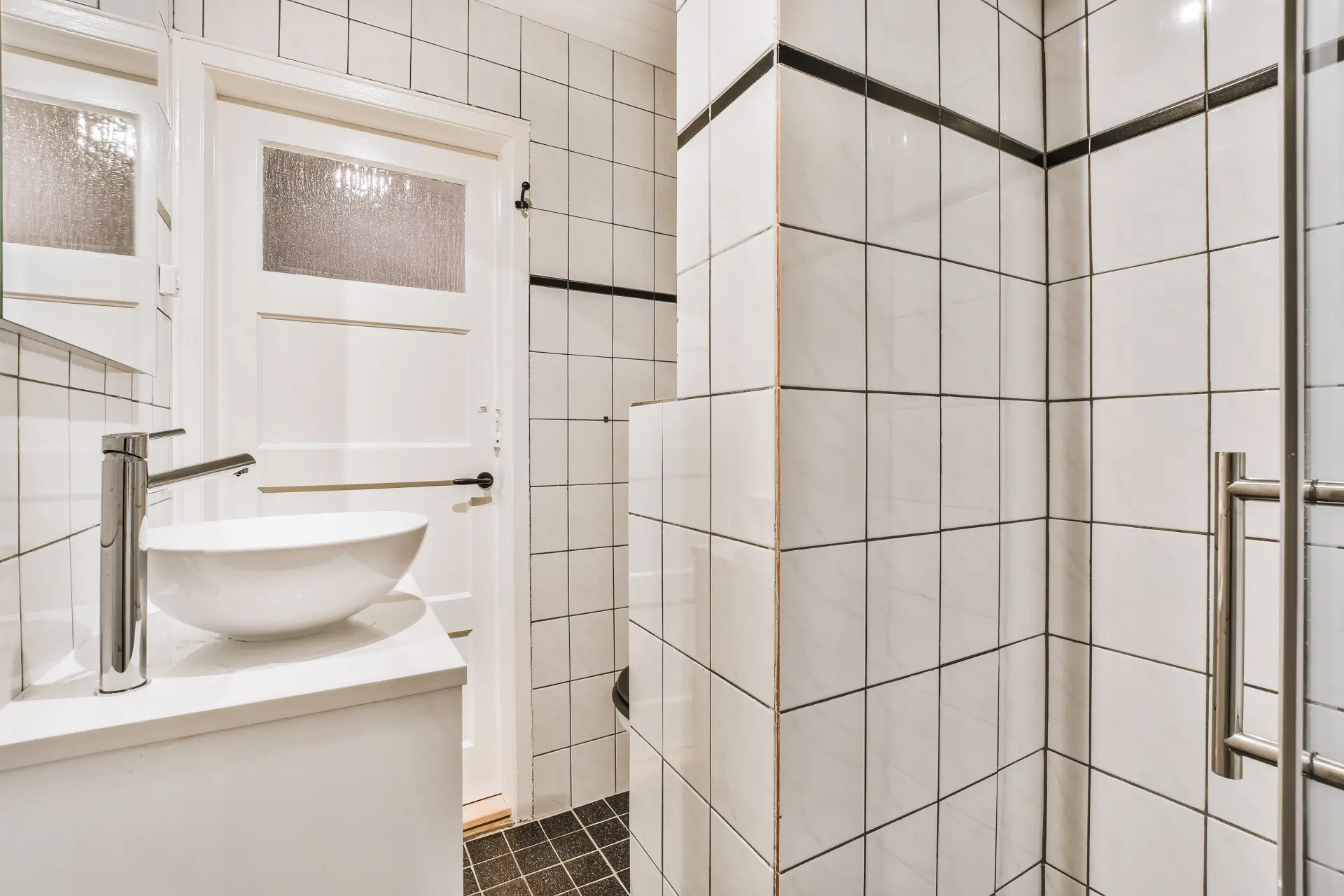
Once the wall tiles are set, attention turns to the flooring. Depending on the material—ceramic, vinyl, or waterproof laminate—the process may vary slightly.
The subfloor is first levelled and primed to ensure an even surface. Flooring is then laid carefully, often with expansion gaps left around the edges to allow for movement and temperature changes. Sealants may be used to improve moisture resistance.
Both tiling and flooring work are finished with a thorough clean and inspection to ensure all lines are straight, level, and properly sealed.
This stage not only completes the functional shell of the bathroom but also brings together the design elements chosen at the planning stage. It’s where the bathroom really starts to shine.
Final Touches and Checks
The final stage involves attention to detail and quality assurance. Silicone sealant is applied around joints, edges, and corners to prevent leaks and give a polished finish.
Fixtures and fittings are cleaned, polished, and tested to ensure everything works as expected—from taps and toilets to lighting and ventilation fans.
The team will check for any snags or issues needing correction, such as loose tiles or minor leaks. A final inspection confirms compliance with safety standards and the homeowner's specifications.
Once complete, the bathroom is ready for use. With the right planning and professional execution, a bathroom fitting can offer a fresh, functional, and stylish upgrade for years to come.
Looking for trusted bathroom installers near Altrincham and Manchester? Look no further. Lewtas Bathrooms ensure a smooth and hassle-free experience, ensuring your bathroom renovation exceeds expectations.
